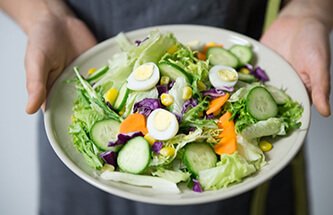Types of Supplemental Oxygen Therapy

Oxygen therapy, or O2 therapy, is a medical aid often prescribed to patients with chronic or long-term health issues (i.e., COPD) in order to boost vital oxygen intake. For patients diagnosed with an underlying health issue that causes low oxygen intake (i.e., emphysema) supplemental oxygen via a oxygen concentrator volume unit may be prescribed by a doctor. Keep in mind, doctors must use a set of criteria or tests (i.e., arterial blood gas or ABG study or a pulse oximetry test) to measure the amount of oxygen in the patient’s blood. If oxygen saturation level is found to be 88% or lower, you may be a candidate for oxygen therapy.
The prescription for oxygen therapy is based upon several personal factors (i.e, patient age, other existing health conditions, etc.). However, when used safely and with close monitoring of a health professional, short and long-term supplemental oxygen therapy has shown to improve blood oxygen levels, energy, mood, brain function, and more. Typically, your health care provider will recommend an oxygen supply company who will charge a monthly rental fee for the system prescribed by your doctor. In some cases, you can also purchase portable oxygen concentrator units through your insurance provider if the therapy is recommended for long term use.
Oxygen therapy systems come the following forms:
1. Oxygen concentrators
Oxygen concentrators are devices that deliver a stream of concentrated oxygen via a gas supply (i.e., ambient air). Oxygen concentrators typically come in portable e-tanks and non-portable units, which require an energy hookup as well as a backup generator in case of a power failure. Depending on your oxygen needs, oxygen concentrators are fitted with a nasal cannula (a thin tube with nozzles that can be inserted into the nostrils) for low oxygen delivery throughout the day, or a face mask, which accurately administers a predetermined oxygen concentration at night.
2. Liquid oxygen systems
A more costly option is liquid oxygen systems, but in this case you’re paying for convenience. For instance, each system includes a main tank and a few portable oxygen units, which can be filled from the main tank and are mobile for travel away from home. These portable units weigh up to 10 pounds for easy transport and often come with a wheeled cart or shoulder strap for portability.
3. Compressed oxygen cylinders
Also known as green tanks, these cylinders arrive at the patient’s home in large “H tanks” for safe and permanent installation near a bedroom or sleeping quarters. Portable “E” or “D” tanks are also provided for filling and using outside the home.



